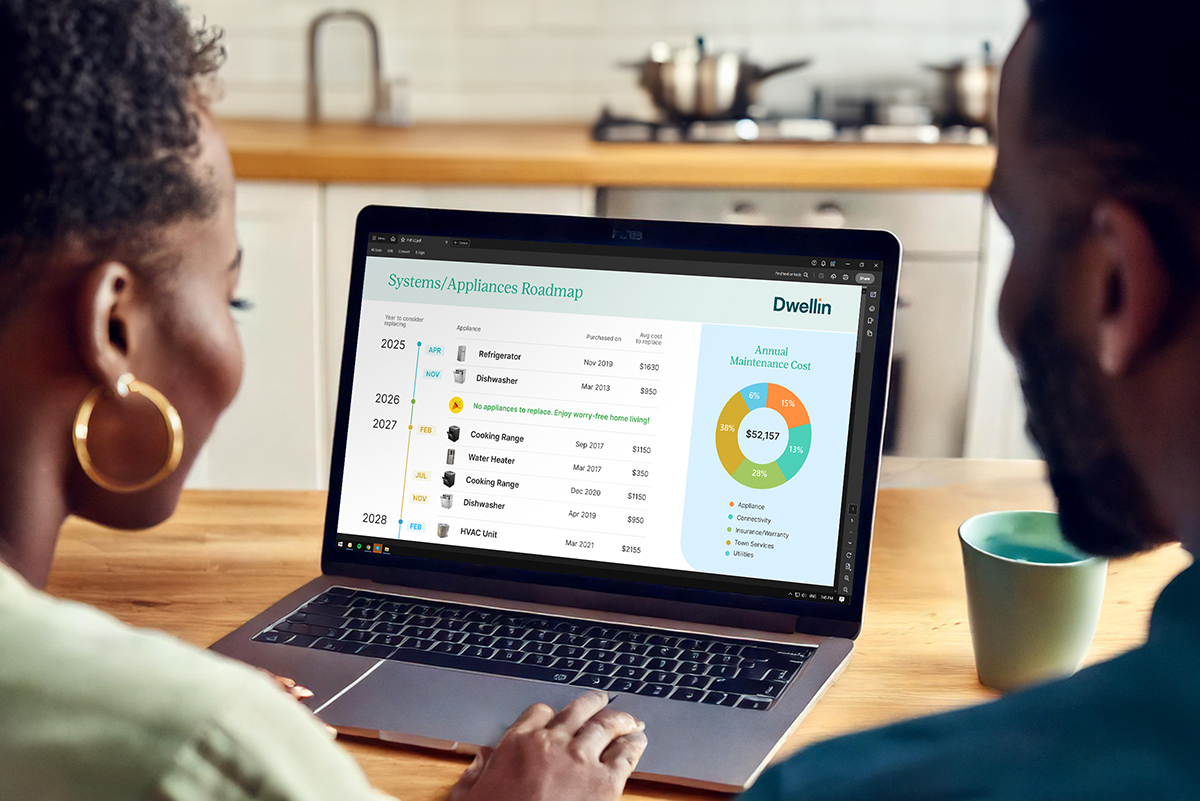Essential Dishwasher Replacement Checklist
5 minute read

As a homeowner, replacing your dishwasher can be a daunting task, especially if you're aiming for a balance between efficiency, cost, and environmental consciousness. This guide provides you with a comprehensive checklist to navigate through the decision-making process of upgrading or replacing your dishwasher, helping you make informed, budget-friendly, and eco-conscious choices.
Why Replace Your Dishwasher?
Understanding when and why to replace your dishwasher can save you money and trouble in the long run. Here are a few signs it might be time to consider an upgrade:
- Inefficiency: Older models are often less energy and water-efficient, which can lead to higher utility bills.
- Frequent Repairs: If you're frequently calling the technician, the costs can quickly add up, making replacement a more economical option.
- Poor Performance: If your dishes remain dirty after a wash, or the machine is noisy, it may be losing its effectiveness.
- Outdated Model: Newer models have advanced features that can handle a variety of washing needs and are more environmentally friendly.
The Dishwasher Replacement Checklist
1. Evaluate Your Needs
- Size and Capacity: Consider the size of your household and your typical dishwashing load. Families might benefit from a larger capacity, while singles or couples could opt for a smaller, more compact model.
- Type of Dishwasher: Decide between built-in, portable, or countertop models based on your kitchen layout and personal preference.
2. Set a Budget
- Initial Cost vs. Long-Term Savings: Factor in not only the purchase price but also the long-term savings from energy and water efficiency. Energy Star certified dishwashers can save about 3,870 gallons of water over their lifetime.
3. Consider Eco-Friendly Options
- Water and Energy Efficiency: Look for models with high Energy Star ratings to ensure lower water usage and energy consumption.
- Eco-Friendly Features: Some dishwashers come with eco-wash cycles or soil-sensing capabilities to optimize water and energy use.
4. Shop Around
- Compare Brands and Models: Research different brands and models, reading reviews and checking ratings.
- Check for Rebates: Some energy-efficient models come with rebates and incentives that can help lower the cost.
5. Plan for Disposal of Your Old Dishwasher
- Recycling: Properly dispose of your old model by checking if the retailer takes back old units or by finding a local recycling program.
6. Professional Installation
- Hire Professionals: For best results, consider professional installation to ensure that your new dishwasher is installed according to manufacturer specifications and local building codes.
7. Maintenance Plan
- Regular Maintenance: Extend the life of your dishwasher by following a regular maintenance schedule, such as cleaning filters and checking for leaks.
8. Warranty and Service
- Check Warranty: Understand the warranty provided with your new dishwasher; it can offer peace of mind and protect your purchase.
By carefully planning your dishwasher replacement and choosing the right model, you can enhance your kitchen's functionality, reduce environmental impact, and potentially lower your household expenses. Always align your choice with your specific needs and values, ensuring that your new appliance is a perfect fit for your home.















